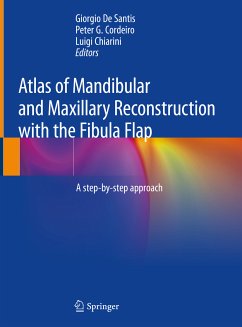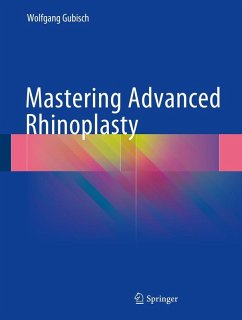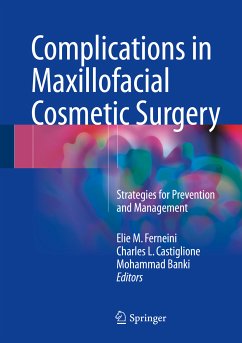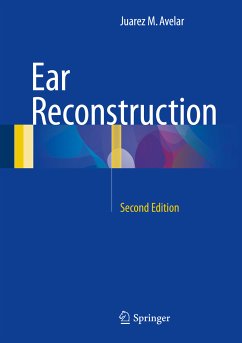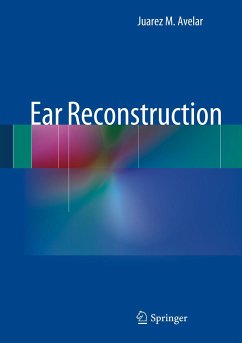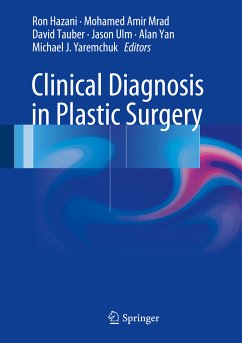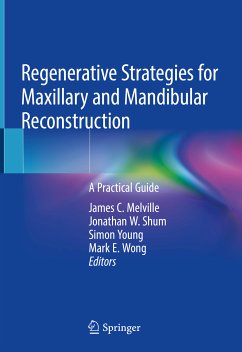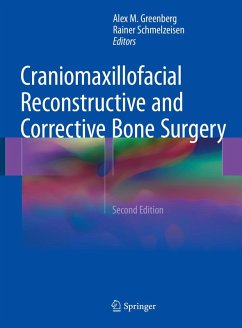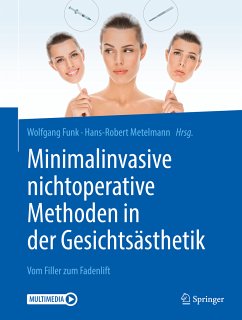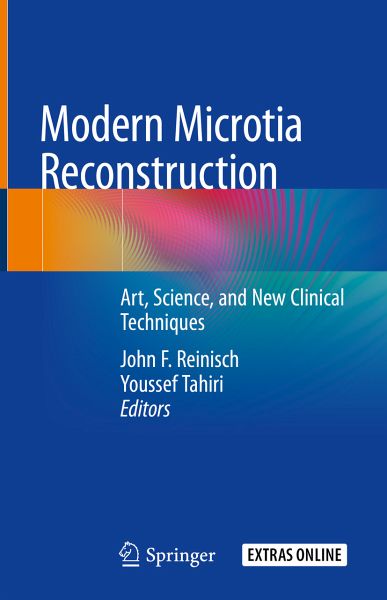
Modern Microtia Reconstruction (eBook, PDF)
Art, Science, and New Clinical Techniques
Redaktion: Reinisch, John F.; Tahiri, Youssef
Versandkostenfrei!
Sofort per Download lieferbar
72,95 €
inkl. MwSt.
Weitere Ausgaben:

PAYBACK Punkte
36 °P sammeln!
Microtia is a rare congenital deformity where the external ear is underdeveloped or absent. Occurring on average in one out of 12,000 children born in the world, there are very few books dedicated to ear reconstruction and microtia, specifically. Microtia reconstruction is a relatively uncommon and notoriously difficult procedure, where hearing as well as external ear deformity need to be addressed. This book is the result of 30 years dedicated to the surgical treatment of microtia: understanding in depth the pathophysiology and trying various surgical techniques to provide long lasting and pl...
Microtia is a rare congenital deformity where the external ear is underdeveloped or absent. Occurring on average in one out of 12,000 children born in the world, there are very few books dedicated to ear reconstruction and microtia, specifically. Microtia reconstruction is a relatively uncommon and notoriously difficult procedure, where hearing as well as external ear deformity need to be addressed. This book is the result of 30 years dedicated to the surgical treatment of microtia: understanding in depth the pathophysiology and trying various surgical techniques to provide long lasting and pleasing aesthetic and functional results.
With the limited amount of published information on microtia and ear reconstruction, Modern Microtia Reconstruction shines significant light on the new techniques and advances currently available. It presents advanced surgical techniques alongside inventive approaches that will lay the foundation on which surgeons can continue to expand their knowledge and know-how of the surgical approach of ear reconstruction.
While the literature that is currently available on ear reconstruction focuses primarily on cartilage-based surgery, this book explores several other techniques detailing their advantages and disadvantages for both the surgeon and the patient discussing techniques for primary ear reconstruction, secondary ear reconstruction, reconstruction in the unsatisfied patient, as well as for post-traumatic ear reconstruction. Providing not only full-color images and illustrations but extensive video clips of each surgical technique to truly see and experience the subtleties of the surgery in a variety of patients.
The primary audience is plastic surgeons, ENT surgeons, oral/maxillofacial surgeons, audiologists, physician's assistants, and nurse practitioners with a secondary audience of course being highly knowledgeable parents of patients with microtia. With over a quarter of a century experience between the two editors, this book represents a major advance in showing a reliable approach to ear reconstruction surgery
With the limited amount of published information on microtia and ear reconstruction, Modern Microtia Reconstruction shines significant light on the new techniques and advances currently available. It presents advanced surgical techniques alongside inventive approaches that will lay the foundation on which surgeons can continue to expand their knowledge and know-how of the surgical approach of ear reconstruction.
While the literature that is currently available on ear reconstruction focuses primarily on cartilage-based surgery, this book explores several other techniques detailing their advantages and disadvantages for both the surgeon and the patient discussing techniques for primary ear reconstruction, secondary ear reconstruction, reconstruction in the unsatisfied patient, as well as for post-traumatic ear reconstruction. Providing not only full-color images and illustrations but extensive video clips of each surgical technique to truly see and experience the subtleties of the surgery in a variety of patients.
The primary audience is plastic surgeons, ENT surgeons, oral/maxillofacial surgeons, audiologists, physician's assistants, and nurse practitioners with a secondary audience of course being highly knowledgeable parents of patients with microtia. With over a quarter of a century experience between the two editors, this book represents a major advance in showing a reliable approach to ear reconstruction surgery
Dieser Download kann aus rechtlichen Gründen nur mit Rechnungsadresse in A, B, BG, CY, CZ, D, DK, EW, E, FIN, F, GR, HR, H, IRL, I, LT, L, LR, M, NL, PL, P, R, S, SLO, SK ausgeliefert werden.



